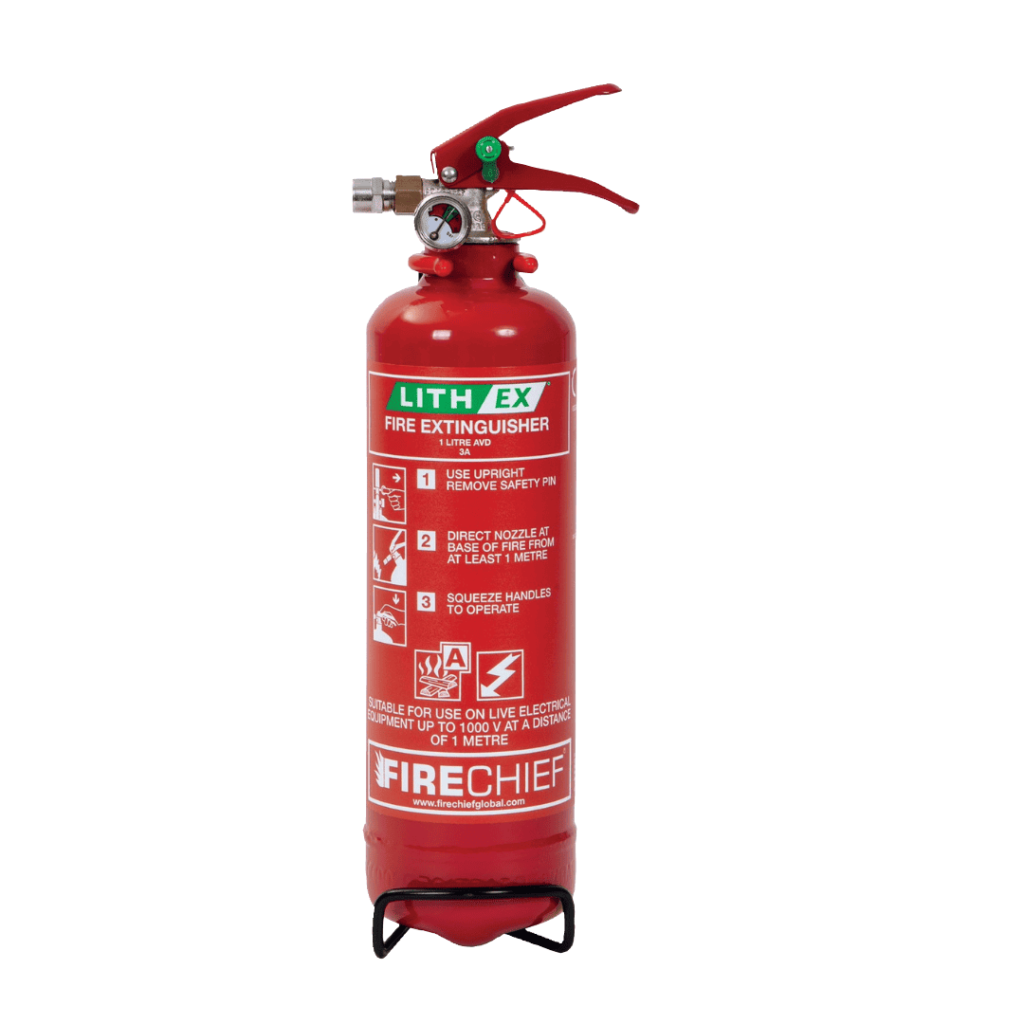Understanding Veld Fires: Nature and Impact Veld fires, a common occurrence in South Africa’s diverse landscapes, pose unique challenges due to their nature and the impact they have on the environment, economy, and communities. This section will explore the characteristics of veld fires, focusing on how they start, spread, and the immediate and long-term effects they have on the areas they engulf.
Historical Context: Veld Fires in the South African Landscape South Africa’s history with veld fires is both extensive and complex. This part of the article will delve into past incidences of veld fires, examining how they have shaped current fire management strategies and policies. It will also discuss the role of climatic conditions in influencing the patterns and severity of these fires over time.

Assessing the Risks
Identifying High-Risk Areas for Veld Fires In South Africa, certain regions are more susceptible to veld fires due to factors like climate, vegetation, and topography. Identifying these high-risk areas involves examining historical fire data, understanding local weather patterns, and recognizing areas with dense, dry vegetation. This process is crucial for targeted fire prevention efforts and resource allocation.
Factors Contributing to Veld Fire Risks Several factors contribute to the risk of veld fires. These include:
- Climatic Conditions: Extended dry periods and high temperatures increase fire risk.
- Human Activities: Uncontrolled burning for land clearing and accidental ignitions.
- Vegetation Type: Certain plants and trees are more flammable and can fuel fires.
- Topography: Areas with steep slopes tend to have faster-moving fires.
Preparation and Prevention Strategies
Creating Defensible Space: Landscaping and Property Maintenance One of the key strategies in veld fire prevention is creating a defensible space around properties. This involves:
- Clearing Vegetation: Removing or trimming flammable vegetation near structures.
- Regular Maintenance: Keeping the area around homes clean and free of dry, combustible material.
- Strategic Planting: Using fire-resistant plants that can act as a barrier against fires.
Fire-Resistant Materials for Home Construction Building homes with fire-resistant materials is a critical preventive measure. This includes:
- Roofing and Siding: Using materials like metal or tile that are less likely to ignite.
- Windows and Venting: Installing double-pane windows and ember-resistant vents.
- Building Placement: Designing homes to be further away from dense, flammable vegetation

Early Warning Systems and Community Involvement
Implementing Fire Detection Technologies The use of advanced fire detection technologies plays a crucial role in early warning systems for veld fires. These can include satellite monitoring, drones equipped with thermal cameras, and ground-based sensors. The integration of these technologies into a coordinated system helps in detecting fires quickly, enabling faster response times.
The Role of Community in Veld Fire Awareness and Response Community involvement is essential in managing veld fire risks. This includes:
- Education and Awareness: Conducting community workshops and campaigns to educate residents about fire risks and prevention strategies.
- Community Fire Watch Programs: Establishing volunteer groups for fire watch, especially in high-risk periods, to monitor and report signs of fire.
- Collaboration with Fire Services: Working together with local fire departments to enhance preparedness and response capabilities.
Emergency Response and Evacuation Plans
Developing a Veld Fire Emergency Plan An effective veld fire emergency plan is a comprehensive strategy that includes:
- Communication Strategy: Establishing clear communication channels to alert residents of fire threats.
- Roles and Responsibilities: Assigning specific roles to community members and emergency personnel during a fire incident.
- Resource Allocation: Planning for necessary resources such as water sources, firefighting equipment, and emergency shelters.
Evacuation Procedures: What to Do in Case of a Veld Fire In the event of a veld fire, having a well-defined evacuation procedure is crucial. This includes:
- Safe Evacuation Routes: Mapping out and communicating safe evacuation routes to residents.
- Emergency Kits: Encouraging households to prepare emergency kits with essential supplies.
- Safe Assembly Points: Designating community assembly points where residents can gather safely during an evacuation.

Post-Fire Recovery and Rehabilitation
Assessing and Repairing Fire Damage Once a veld fire has been contained, the focus shifts to assessing and repairing the damage. This involves:
- Structural Assessment: Conducting thorough inspections of affected buildings for safety.
- Restoration Services: Engaging professionals for repair and restoration of damaged property.
- Support for Affected Families: Providing assistance to those who have lost homes or property, including temporary housing and aid.
Environmental Recovery and Rehabilitation Efforts The environmental impact of veld fires requires dedicated recovery efforts, including:
- Reforestation and Planting: Initiating programs to replant native vegetation and trees.
- Erosion Control: Implementing measures to prevent soil erosion in fire-affected areas.
- Wildlife Protection: Working on rehabilitating affected wildlife and restoring their habitats.
Conclusion
As we conclude, it’s important to reflect on the key strategies discussed for managing veld fires:
- Risk Assessment: Understanding and identifying high-risk areas is crucial.
- Prevention and Preparation: Implementing landscaping, construction, and early warning systems can significantly reduce risks.
- Community Involvement: Active community participation enhances awareness and response capabilities.
- Emergency Planning: Having a well-defined evacuation and response plan is essential for safety.
- Recovery Efforts: Post-fire recovery and rehabilitation are vital for restoring communities and the environment.
The importance of proactive involvement and preparedness cannot be overstated. It is through these collective efforts that we can effectively mitigate the risks and impacts of veld fires, ensuring the safety and well-being of our communities and the preservation of our natural landscapes. Remember, preparedness today can prevent the crisis of tomorrow.

